Varicella-zoster virus infection, commonly known as chickenpox and shingles, is a viral illness that affects millions worldwide. This comprehensive guide explores this double-edged virus. It highlights its manifestations, transmission, and broader impact on public health.
Varicella-zoster virus (VZV) infection, commonly known as chickenpox, is a highly contagious viral illness with an itchy rash and flu-like symptoms. It affects individuals of all ages, but it can be particularly severe in infants, pregnant women, and individuals with weakened immune systems. While chickenpox is often associated with childhood, the virus can lay dormant in the body and re-emerge later in life as shingles, a painful skin rash. Understanding the nature of VZV infection, its transmission, prevention, and treatment is crucial. It helps maintain public health and addresses the potential complications associated with this virus.
1. Varicella-Zoster Virus Basics
a. The Virus’s Nature and Structure
Varicella-zoster virus (VZV) belongs to the herpesvirus family. Its structure comprises an envelope containing genetic material. Understanding the virus’s structure is important in understanding its ability to cause chickenpox and shingles.
b. Dual Manifestations: Chickenpox and Shingles
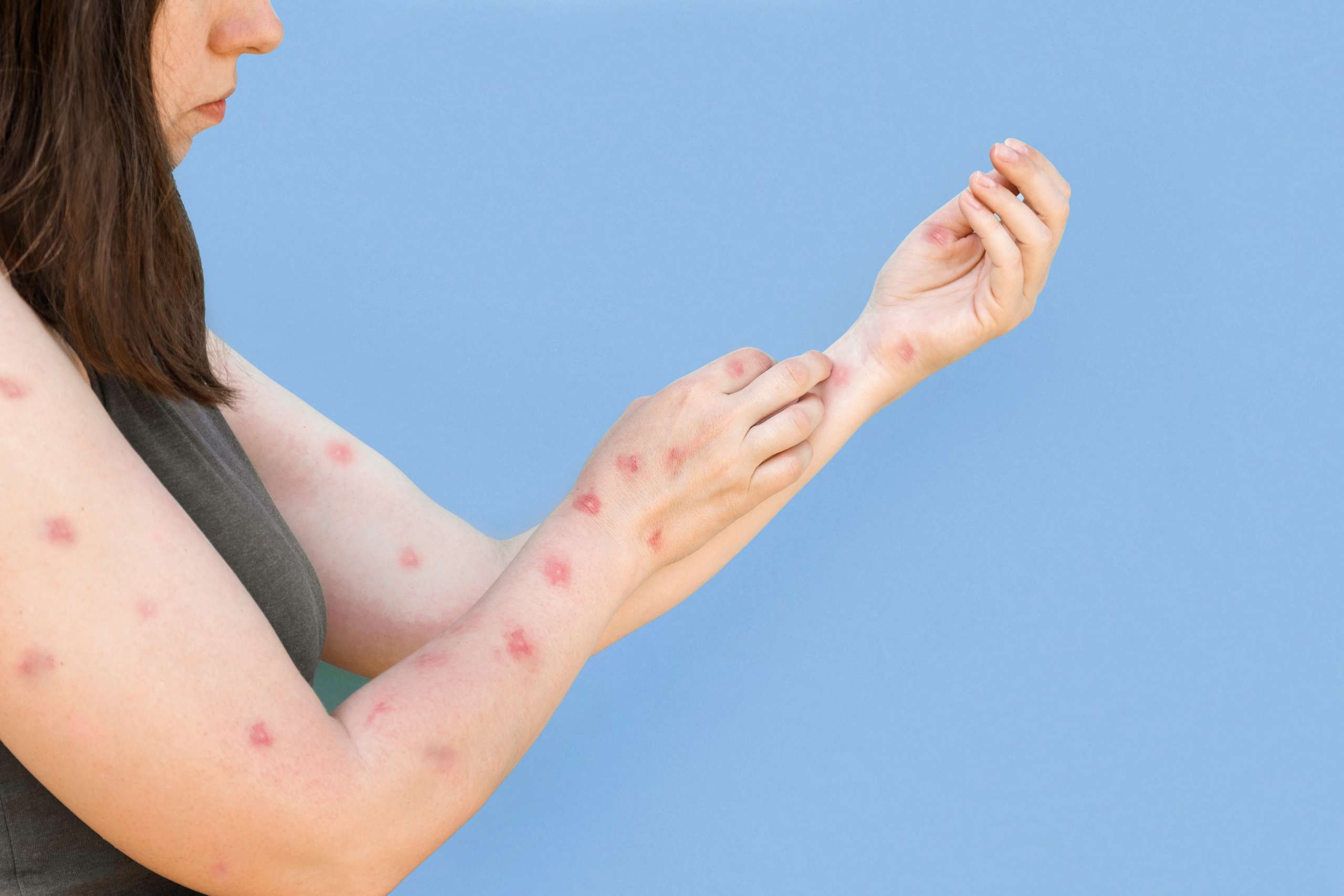
VZV exhibits dual manifestations—primary infection results in chickenpox, marked by a characteristic rash. As time passes, the virus can become active again, leading to shingles, a painful condition marked by a rash in one area and nerve-related issues.
Also read: Understanding Parvovirus B19 Infection During pregnancy
2. Transmission Dynamics
a. Airborne Transmission in Chickenpox
Chickenpox spreads through respiratory droplets and direct contact with skin lesions. Airborne transmission is a key factor in the virus’s high contagiousness, making it particularly common among children.
b. Shingles and Direct Contact
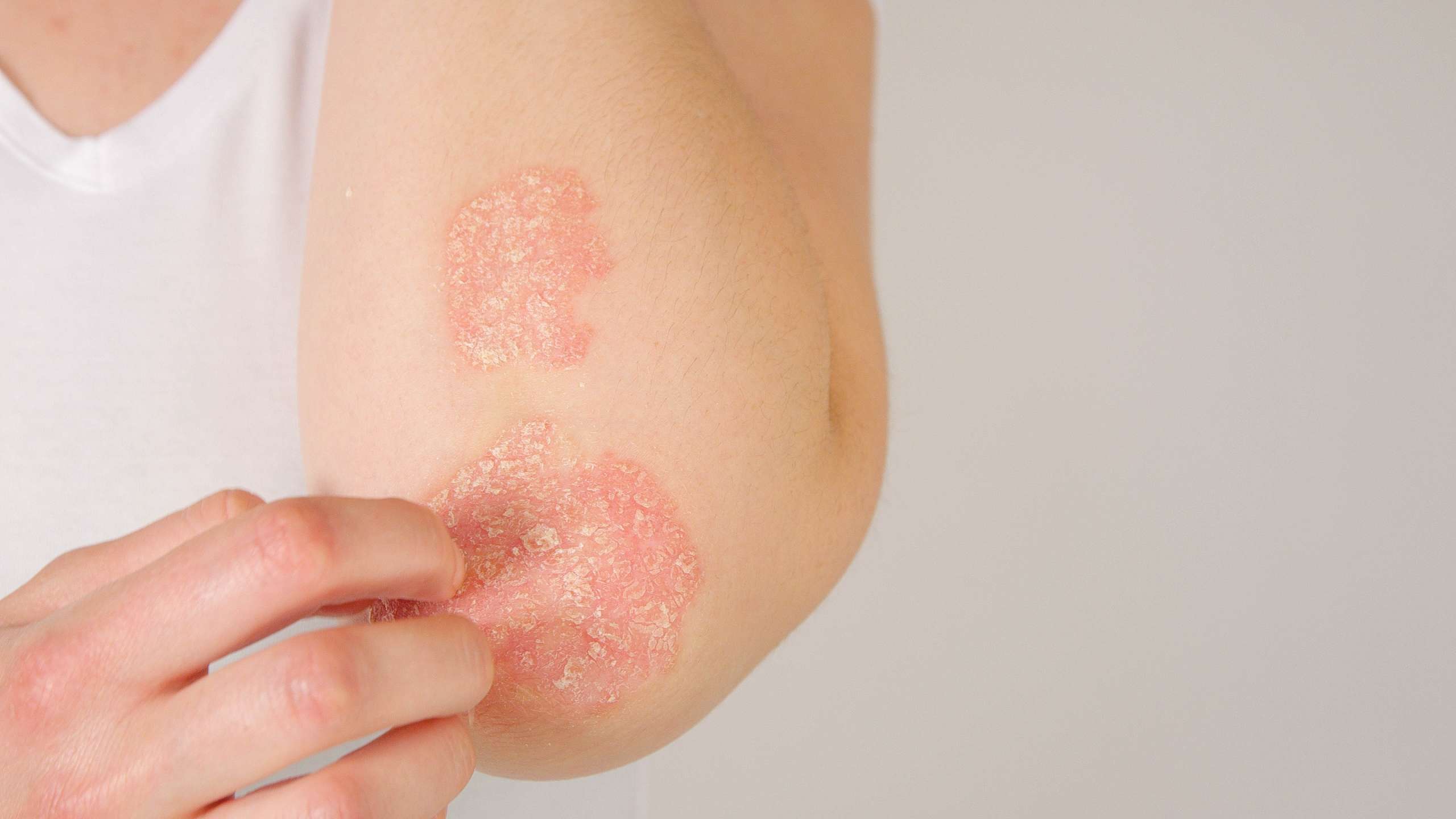
Shingles are typically transmitted through direct contact with the fluid-filled blisters. Individuals who have not had chickenpox or the vaccine can contract the virus from a person with shingles, leading to a primary infection.
3. Varicella-Zoster Virus Infection Symptoms
a. Chickenpox Symptoms
Chickenpox symptoms include an itchy rash, fever, and fatigue. The rash progresses from red spots to fluid-filled blisters, forming scabs as it heals. Recognizing these symptoms is crucial for quick diagnosis and management.
b. Shingles Symptoms
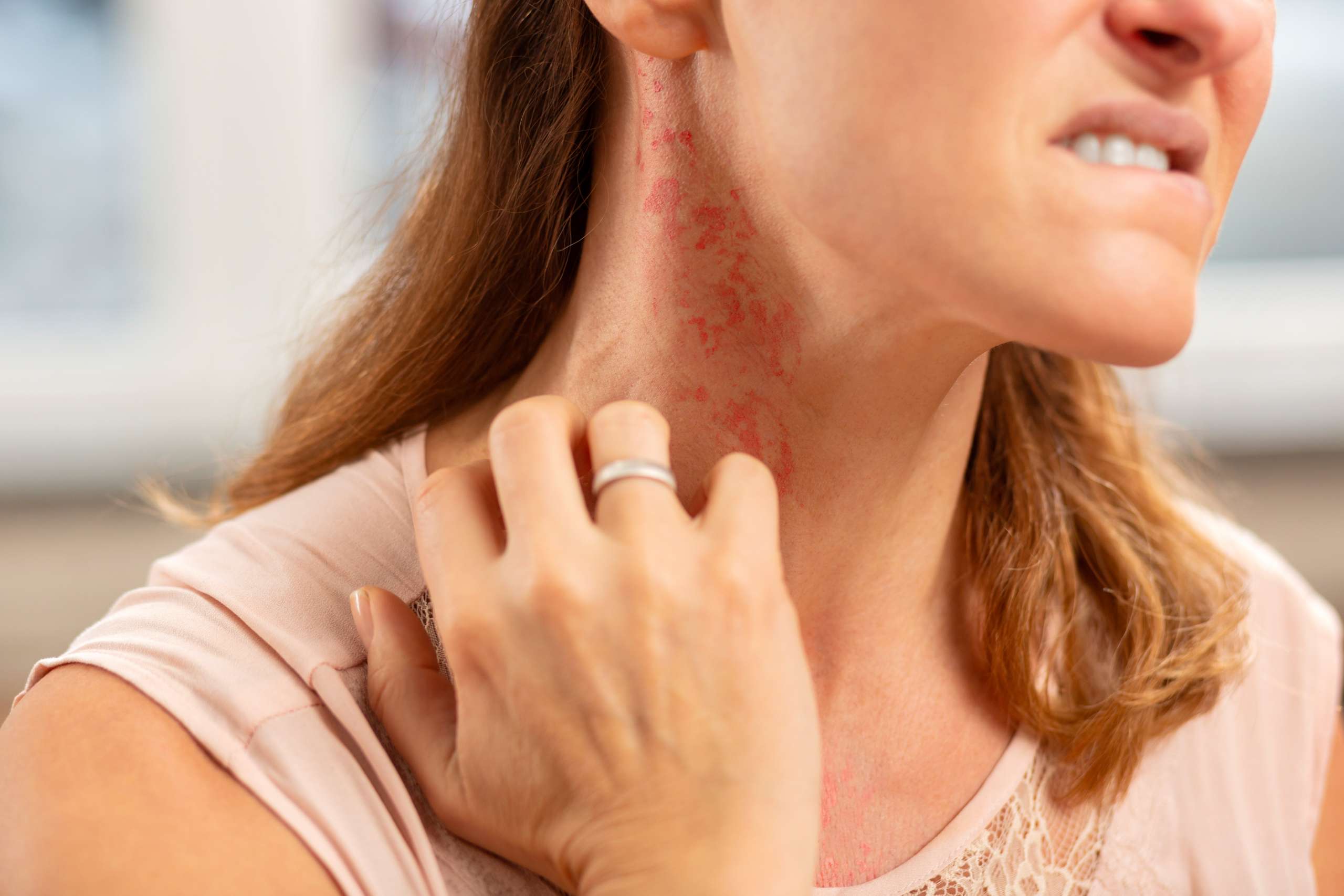
Shingles manifest as a painful rash, often accompanied by a burning sensation. The rash traces the path of a nerve and might come with flu-like symptoms. Identifying shingles symptoms early allows for effective antiviral treatment.
4. Complications and Risk Factors
a. Chickenpox Complications
Complications of chickenpox can include bacterial infections, pneumonia, and, rarely, encephalitis. Specific populations, such as pregnant women and immunocompromised individuals, face a higher risk of severe complications.
b. Shingles Complications
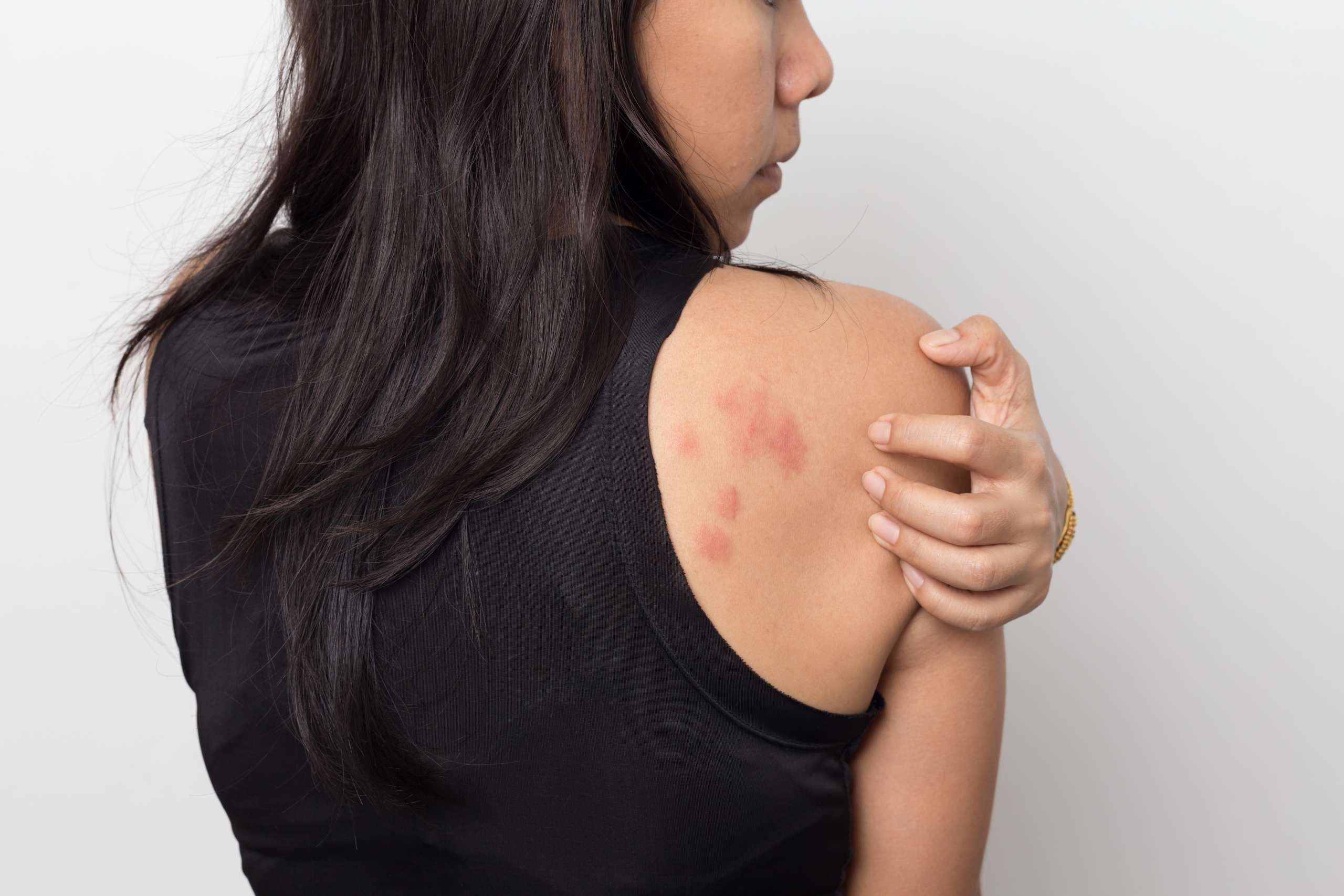
Shingles complications may involve postherpetic neuralgia—a persistent nerve pain lasting beyond the rash’s resolution. Individuals with weakened immune systems are at an increased risk of more severe shingles-related complications.
5. Prevention and Vaccination
a. Varicella Vaccine for Chickenpox
The varicella vaccine has significantly reduced chickenpox incidence. `Administered in childhood, the vaccine prevents chickenpox and lowers the risk of shingles later in life.
b. Shingles Vaccine for Adults
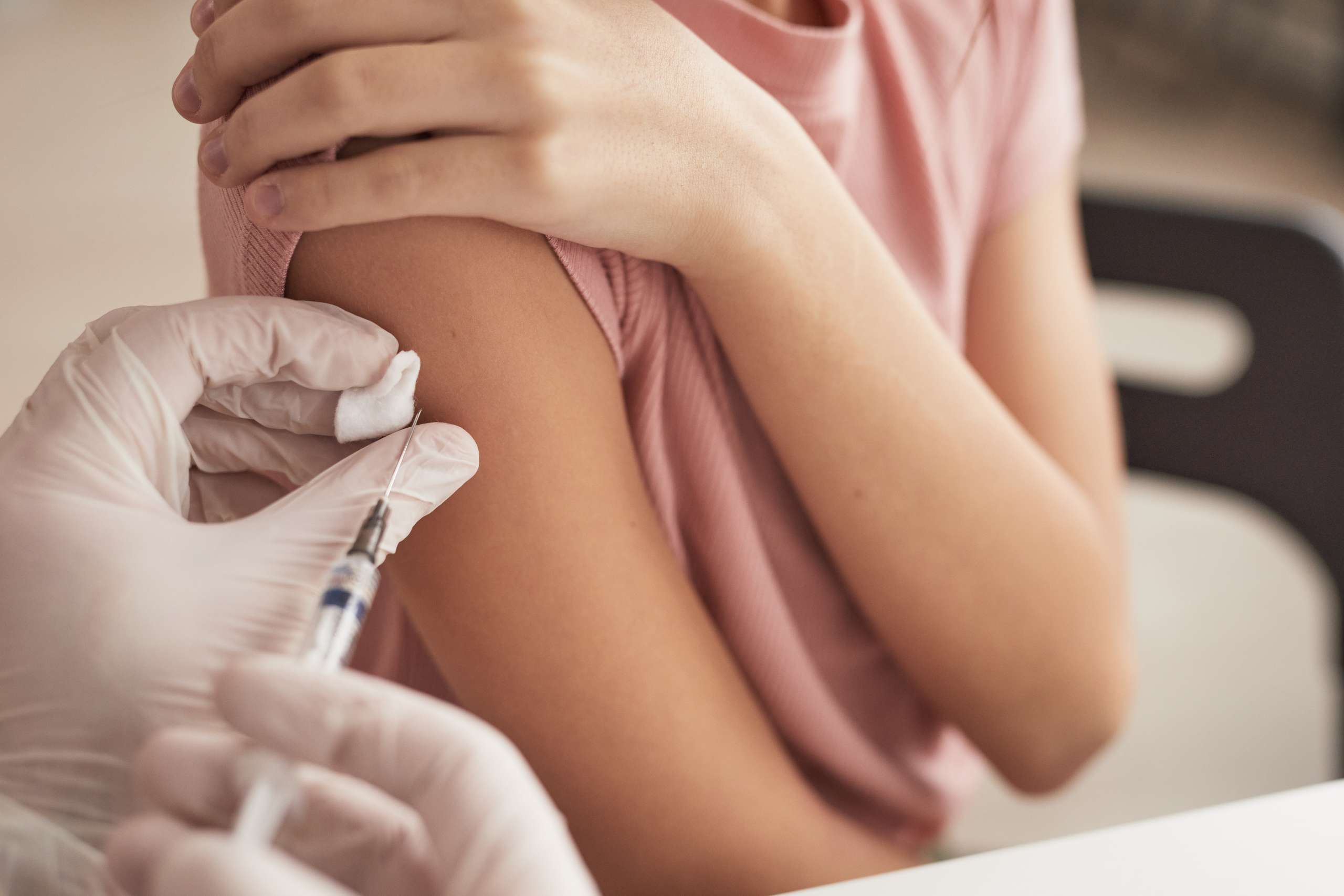
For adults over 50, health experts recommend a separate vaccine to prevent shingles. This vaccine, known as the herpes zoster vaccine, reduces the risk of developing shingles and minimizes the severity of the condition if it occurs.
6. Diagnosis and Treatment
a. Clinical Evaluation and Laboratory Tests
Diagnosis involves assessing clinical symptoms and, if needed, laboratory tests. Identifying characteristic skin lesions and confirming VZV through laboratory tests help in accurate and timely diagnosis.
b. Antiviral Medications for Management

Antiviral medications, such as acyclovir and valacyclovir, are commonly prescribed for chickenpox and shingles. Early initiation of treatment can reduce symptoms and reduce the risk of complications.
7. Public Health Considerations
a. Varicella-Zoster Vaccination Programs
Public health initiatives include vaccination programs targeting children to prevent chickenpox and subsequent shingles cases. These programs aim to reduce the overall burden of VZV-related illnesses in communities.
b. Educational Campaigns and Community Awareness

Educational campaigns are crucial in raising awareness about VZV infection, symptoms, and preventive measures. Community awareness builds proactive healthcare-seeking and encourages vaccination for both children and adults.
Varicella-zoster virus infection, with its dual manifestations of chickenpox and shingles, poses significant challenges to public health. Comprehensive vaccination programs, timely diagnosis, and effective management can reduce the impact of VZV-related illnesses. Understanding the virus’s transmission dynamics, symptoms, and the importance of preventive measures empowers individuals to navigate the complexities of varicella-zoster virus infection with informed resilience.
